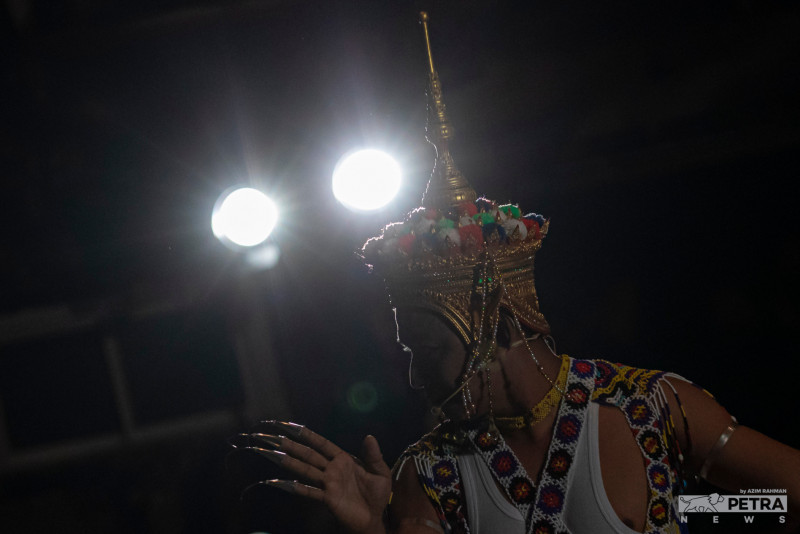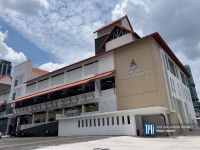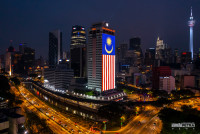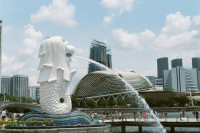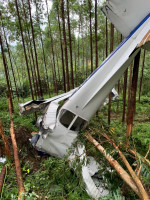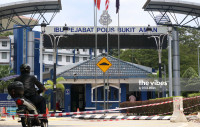THOSE who dismiss traditional arts as insignificant or of lesser value in comparison to more modern digital trends that are more popular today could be accused of lacking soul.
Malam Pusaka di Ruang Kota, which was held last weekend, proves just how one cultural night can help inspire society to become more intellectually and compassionately aware of certain traditions that are in danger of being lost to time.
Hosted at the iconic Rex KL, the dynamism of ‘Seni Reog of Johor’ and ‘Manora of Kelantan’ left a lasting memory among those who attended, particularly for those first-timers who are not used to witnessing such performances.
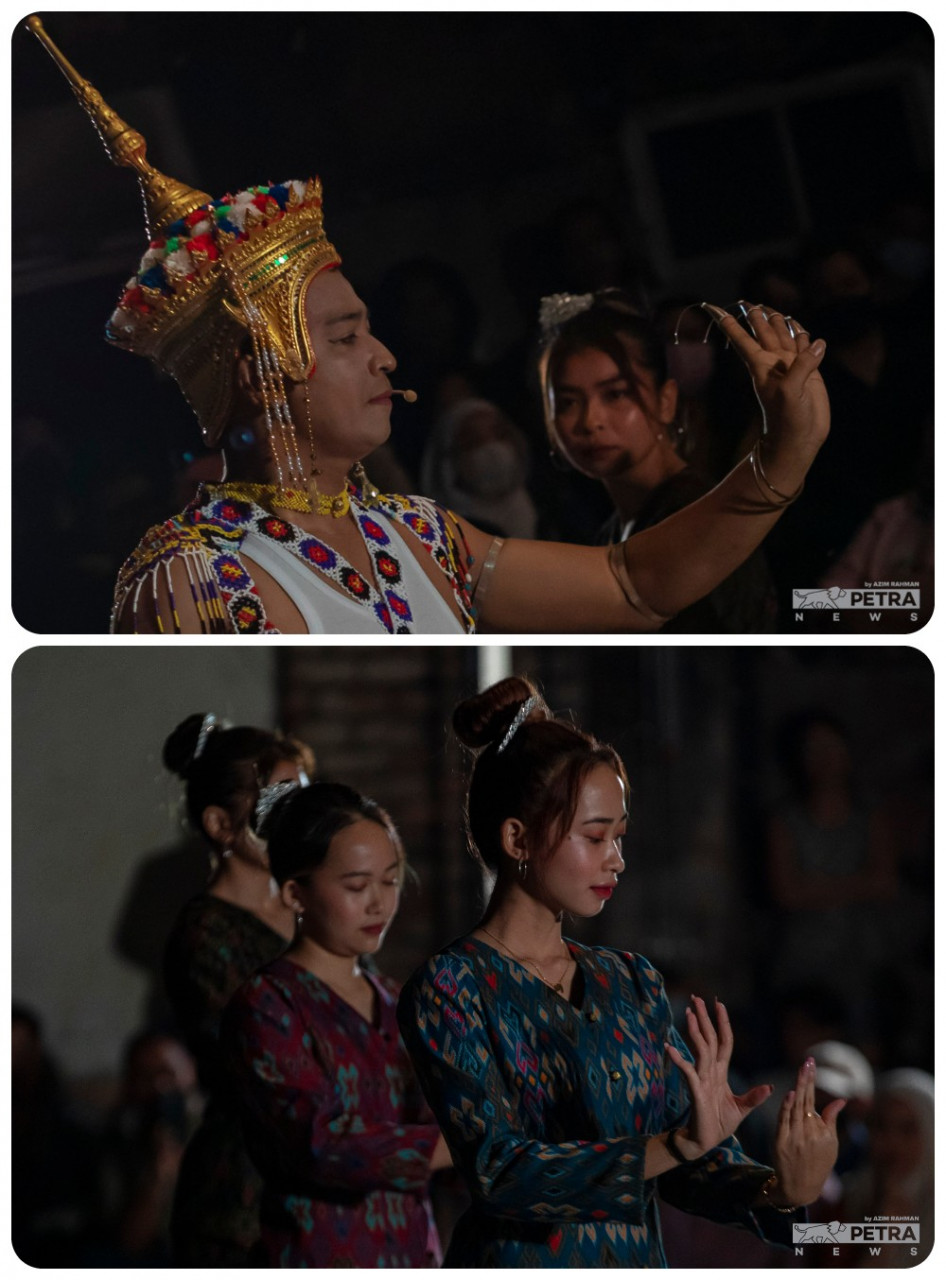
Manora of Kelantan
The night began with the Manora presentation. Alternatively known as Nora Chatri, the Manora is a folk dance-drama tradition practised by the Thai community in the northern Malaysian states of Kelantan, Kedah and Penang, as well as throughout southern Thailand.
The artform is traditionally performed on special occasions, such as during Buddhist temple ceremonies, community gatherings including weddings, as well as to celebrate Thai festivals like Loy Krathong and Songkran. It incorporates stylised dance, singing, comedy, and drama, which the crowd at the cultural centre was greeted with.
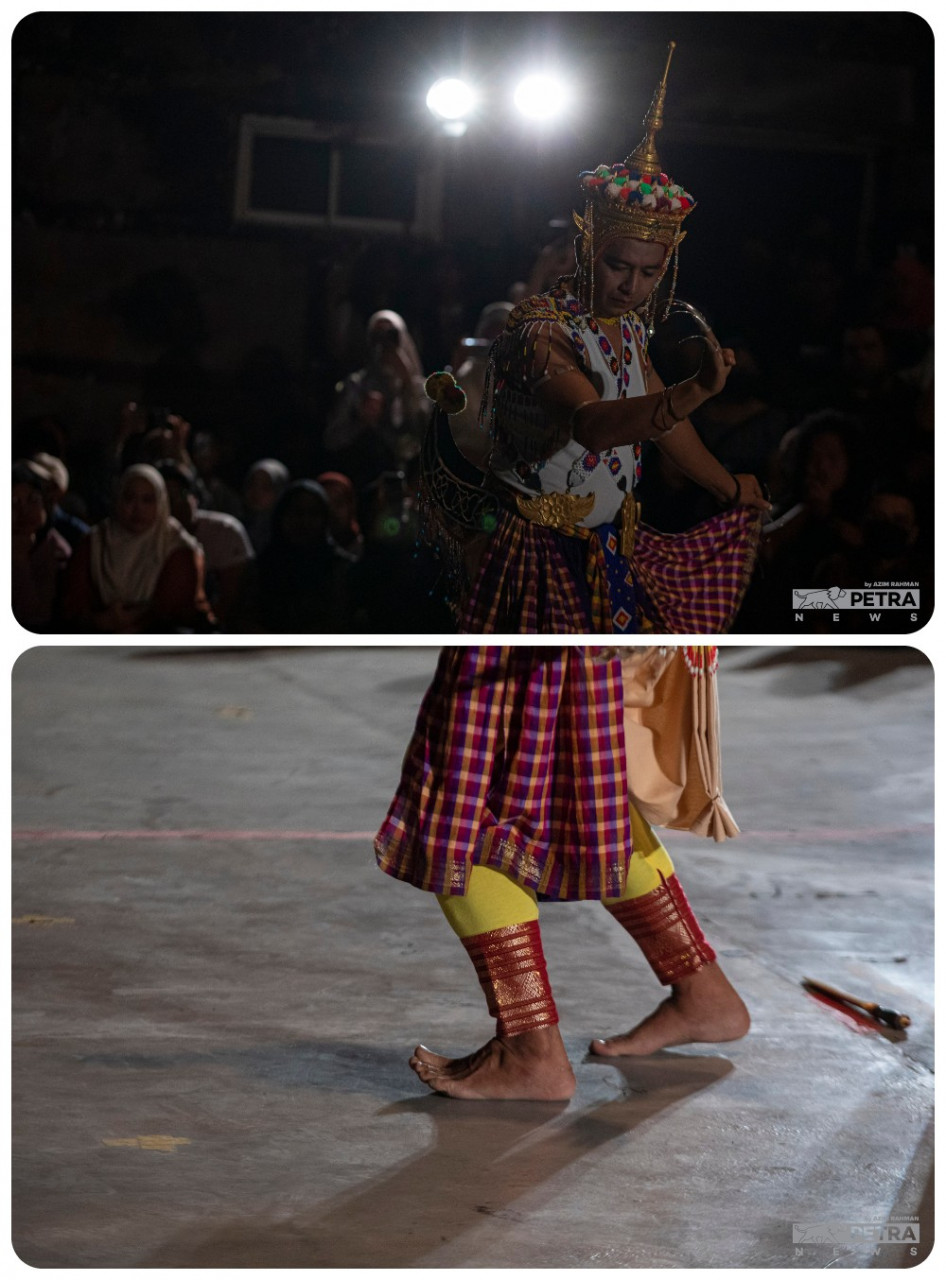
The word ‘manora’ derives from a Buddhist jataka tale about Manora, a heavenly bird-princess who falls in love with a human prince, Phra Suthon. This tale forms the basis of the tradition’s main dance sequence in which the principal dancer, as Phra Suthon, performs a courting dance with Manora and her heavenly sisters.
In Kelantan, there have been shared influences among the traditions of Manora and Mak Yong, where Manora in Kelantan incorporates Kelantanese music and dialogue in Kelantanese dialect.
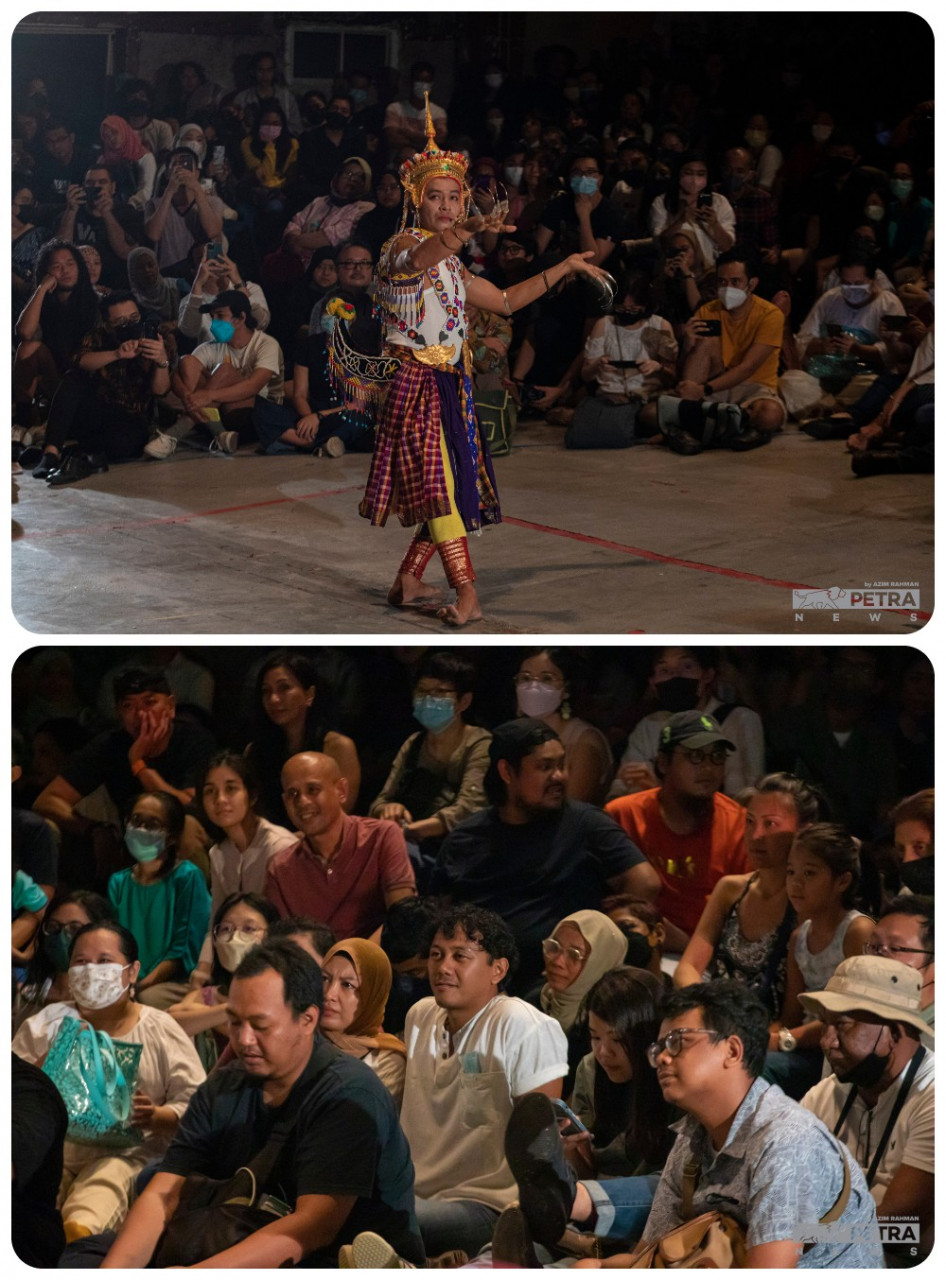
Malam Pusaka di Ruang Kota featured dancers and musicians Kumpulan Manora Cit Manit Bukit Yong from Pasir Puteh, Kelantan, with principal dancer Amnuai Eler, who hails from a respected Manora lineage. Kumpulan Manora Cit Manit is one of the few remaining active Manora groups in Kelantan.
Dance movements are characterised by backward-bent fingers and outstretched arms, alternating between subtle and sudden gestures that are said to reflect those of a mythical bird.
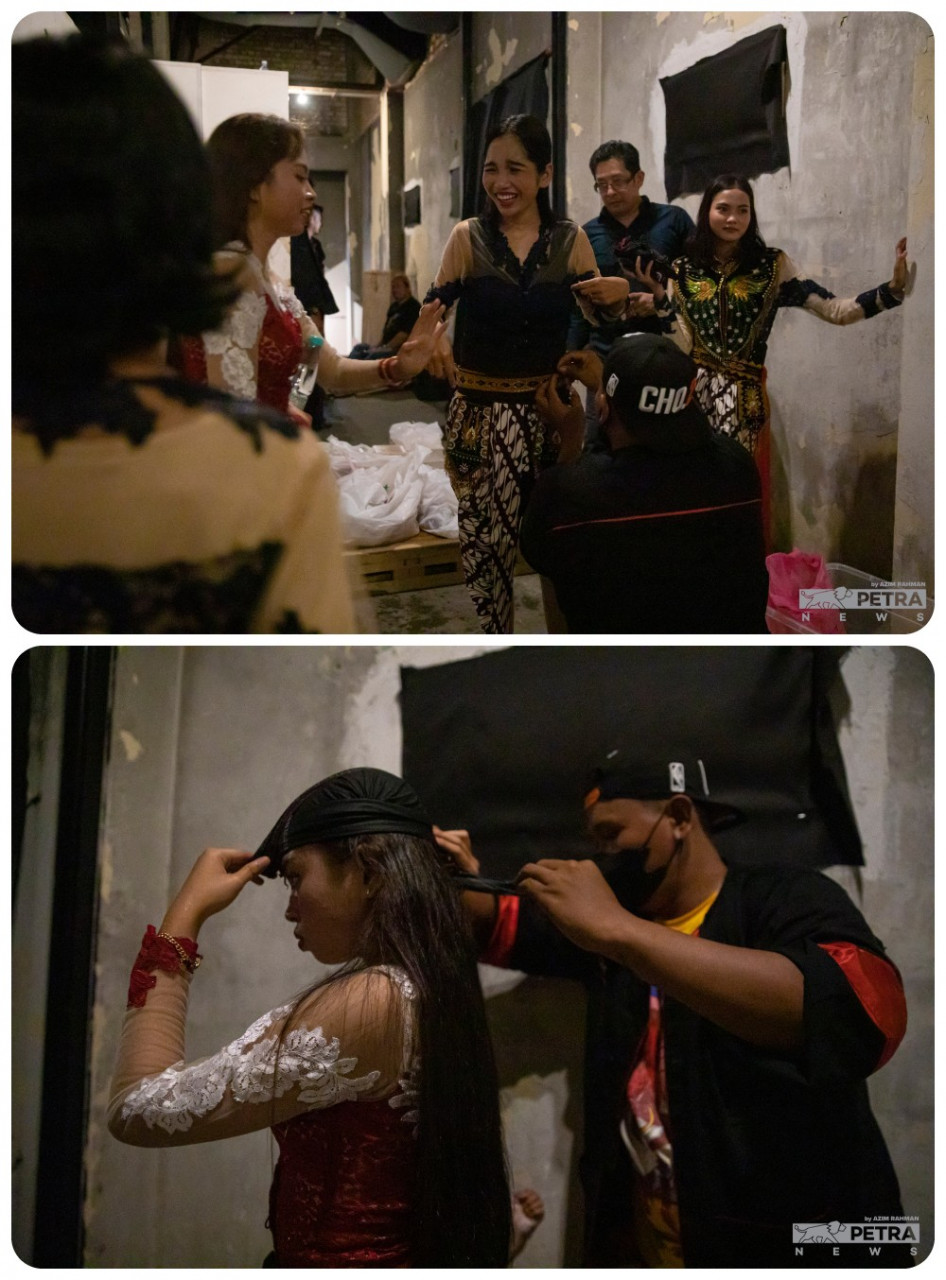
The opening dance is followed by a lakon (dramatic sequence), during which various stories are performed by the principal dancer, a pair of clowns and supporting actors.
The intricate costume of a Manora dancer consists of the crown-like headdress, known as ‘kecopong’ in Malay and ‘sert’ in Thai; long curved silver nails known as ‘canggai’ in Malay and ‘lép’ in Thai, a beaded bodice known as ‘laa’ in Malay and ‘sooi’ in Thai, and the winged Manora known as ‘sayap sandang’ in Malay and ‘harng’ in Thai.
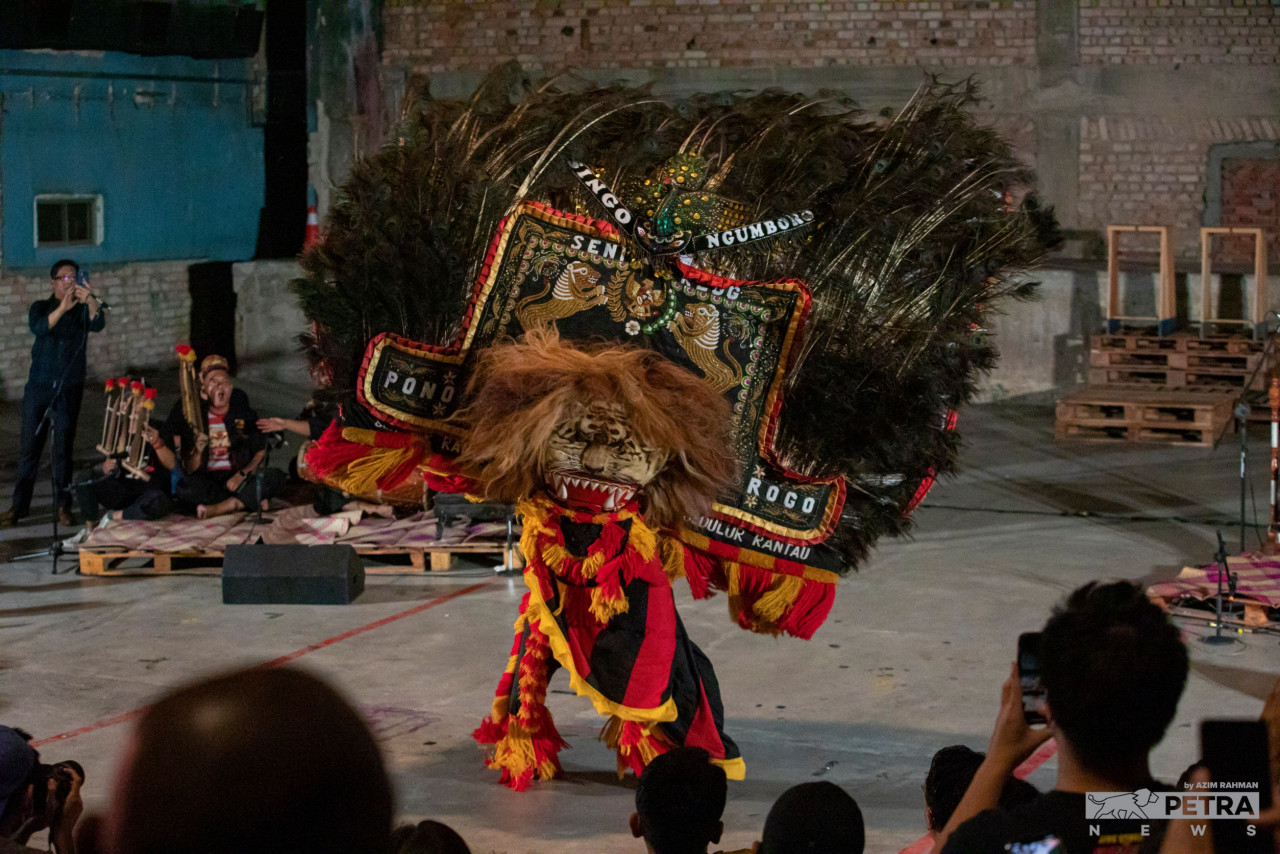
Seni Reog of Johor
Seni Reog is a tradition that originates in Ponorogo, East Java, and is practised by communities of Javanese descent in Johor.
The Reog tradition traces its narrative origins to the legend of King Kelono Sewandono of Ponorogo, the beautiful Princess of Kediri, and a ferocious Singa Barong that protected the princess’ kingdom.
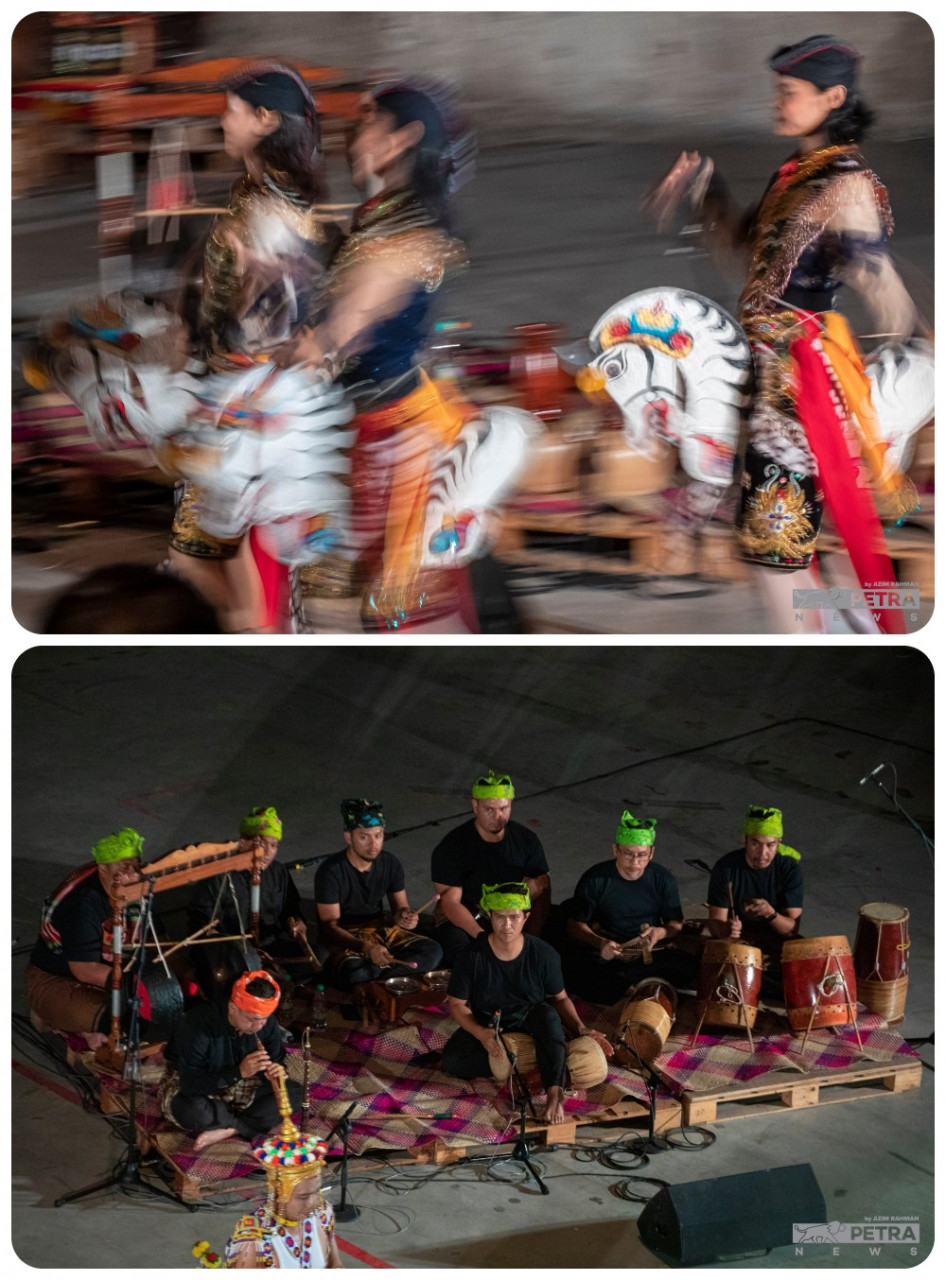
The centrepiece of the Reog tradition is the majestic Singa Barong mask, which depicts a lion’s head elaborately decked with peacock feathers. It requires great skill and strength to wear the Singa Barong mask, which measures 7 feet high and weighs around 50kg. Other prominent figures in a Reog performance are the valiant and playful Bujang Ganong masked dancers and alluring jathilan dancers on woven horses.
A Reog performance is accompanied by a musical ensemble consisting of gong, kenong, gendang, tipong, angklung and slompret.
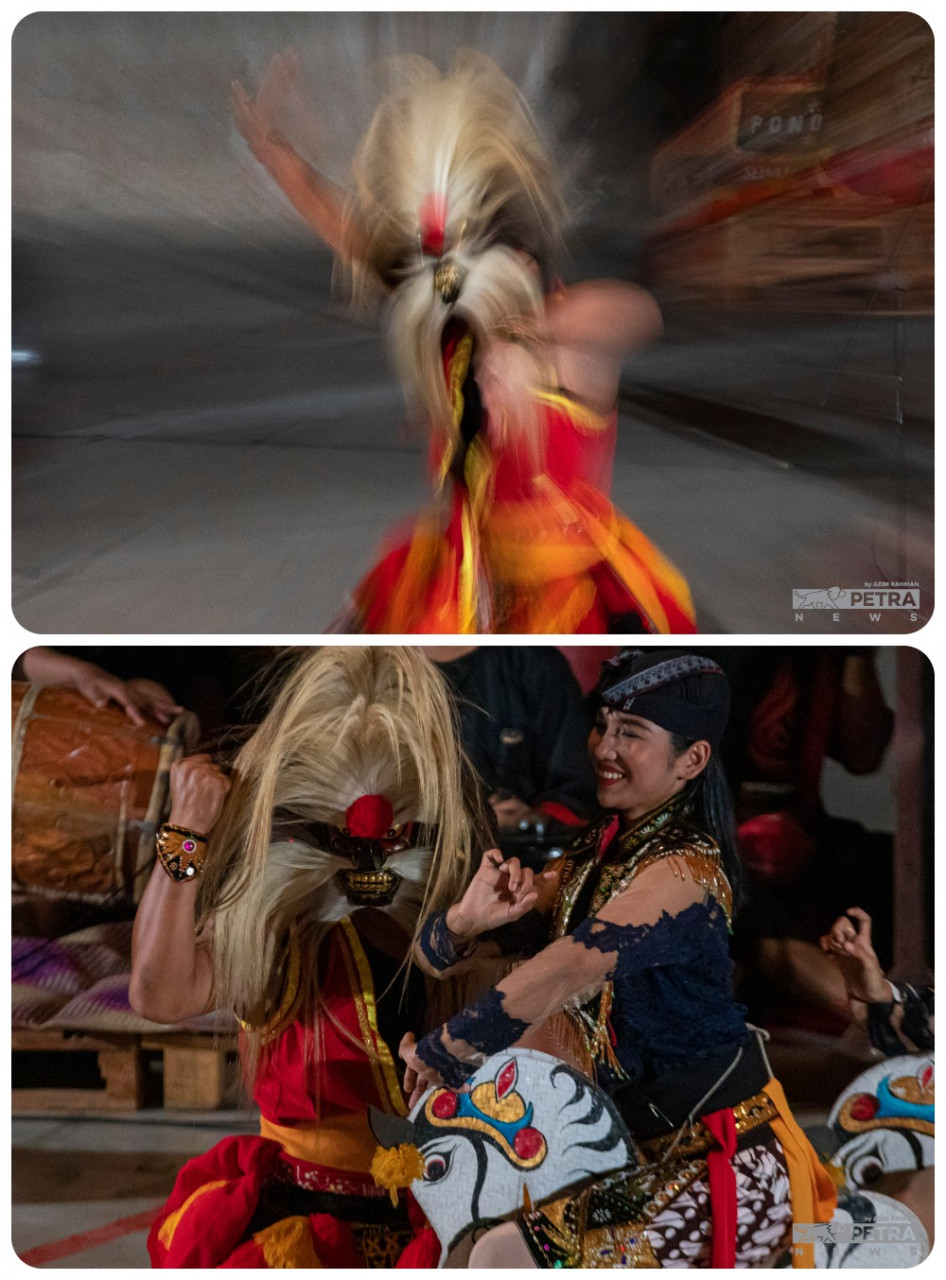
Pusaka works closely with Kumpulan Sri Wahyuni from Parit Raja, Batu Pahat, Johor. Established in 1970, Kumpulan Sri Wahyuni are among the foremost custodians and bearers of cultural heritage and tradition among the large community of Javanese descendants in Johor.
The most acclaimed masters of the majestic Reog Ponorogo tradition in Malaysia, Sri Wahyuni’s impressive and energetic performances never fail to mesmerise a crowd. – The Vibes, September 25, 2022
*Malam Pusaka di Ruang Kota is a series of cultural evenings in Kuala Lumpur featuring performances by masters of living traditions from throughout Malaysia, organised by Pusaka with the support of Cendana. Pusaka received a grant for this series from Cendana under the Art In The City Public Art Commissioning Programme 2020 (Cycle 1)



